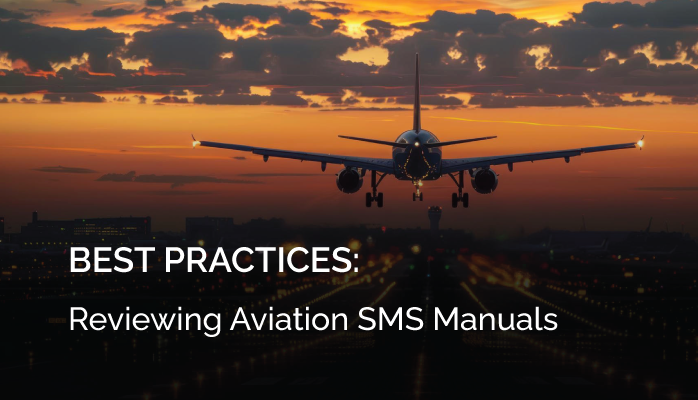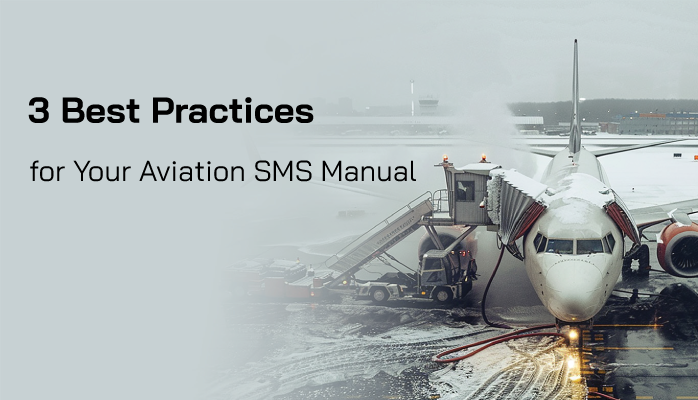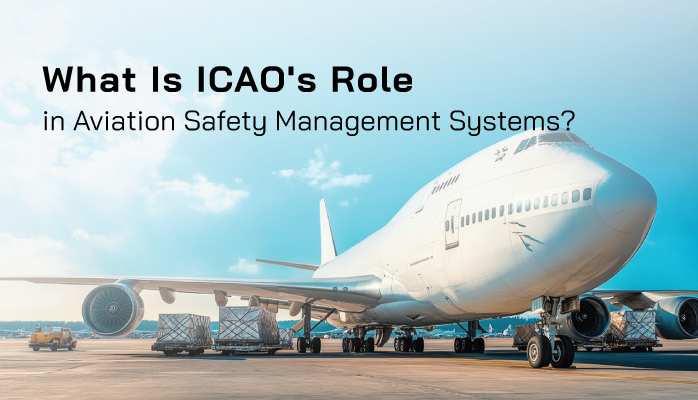When Should I Review Our SMS Manual?
It's very important to review SMS Manuals.
The most common audit finding is that the operator is not conducting operations as stated in their SMS manual.
Furthermore, your manual is only as useful as the information it contains. If the information is out of date, employees will lose trust in it. This undermines the safety culture you've worked to build.













